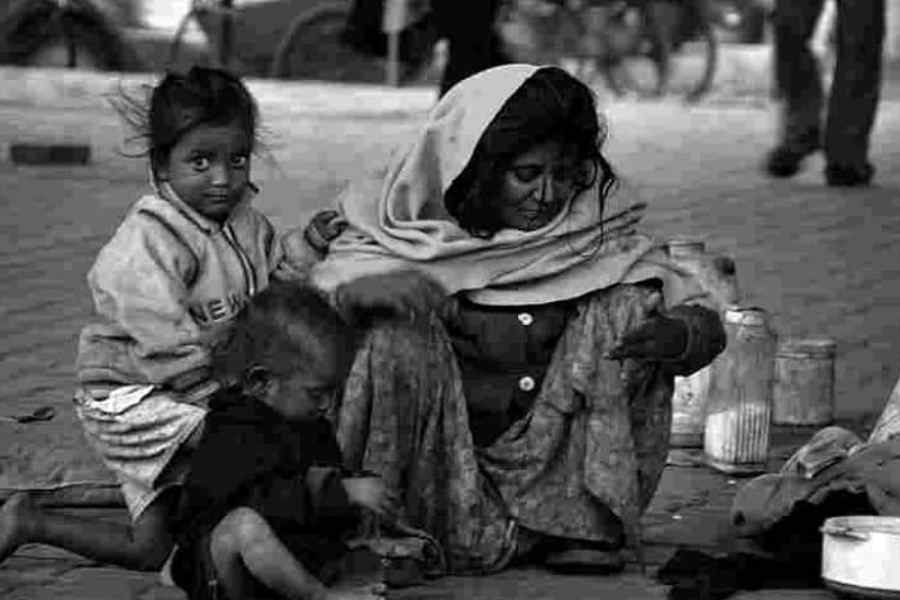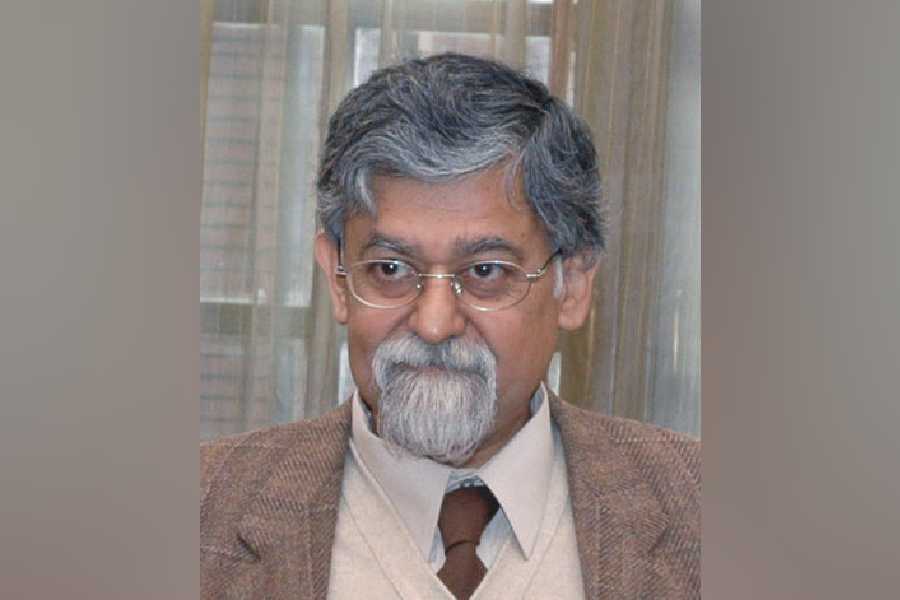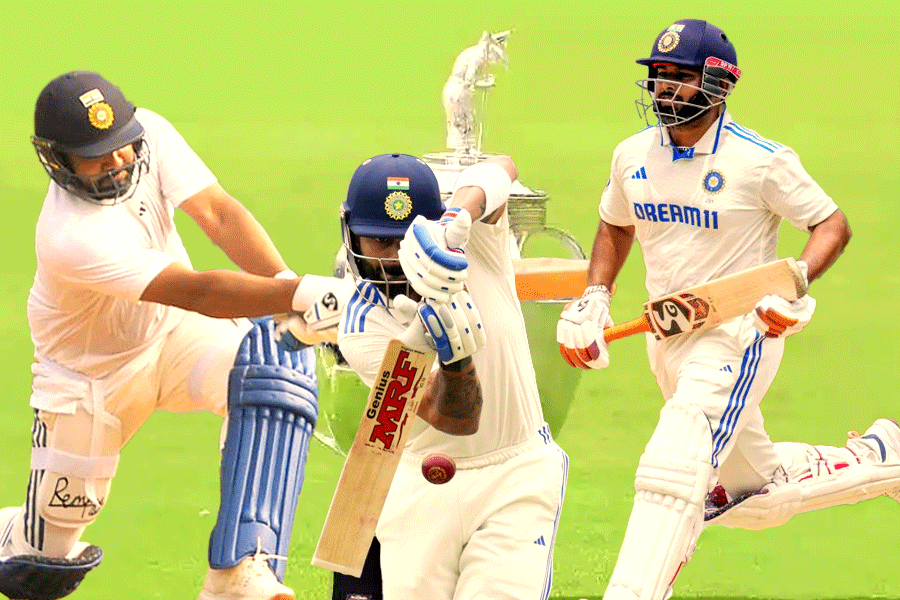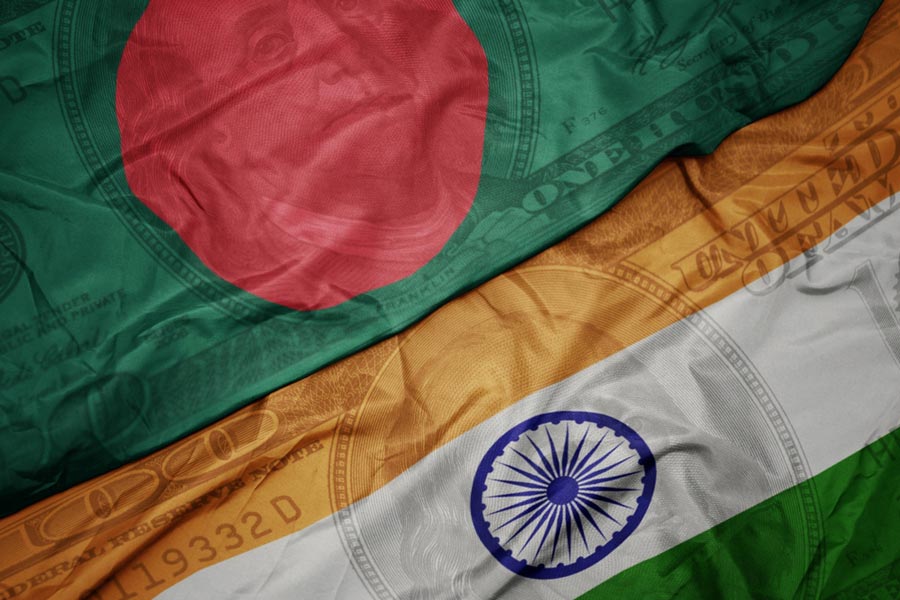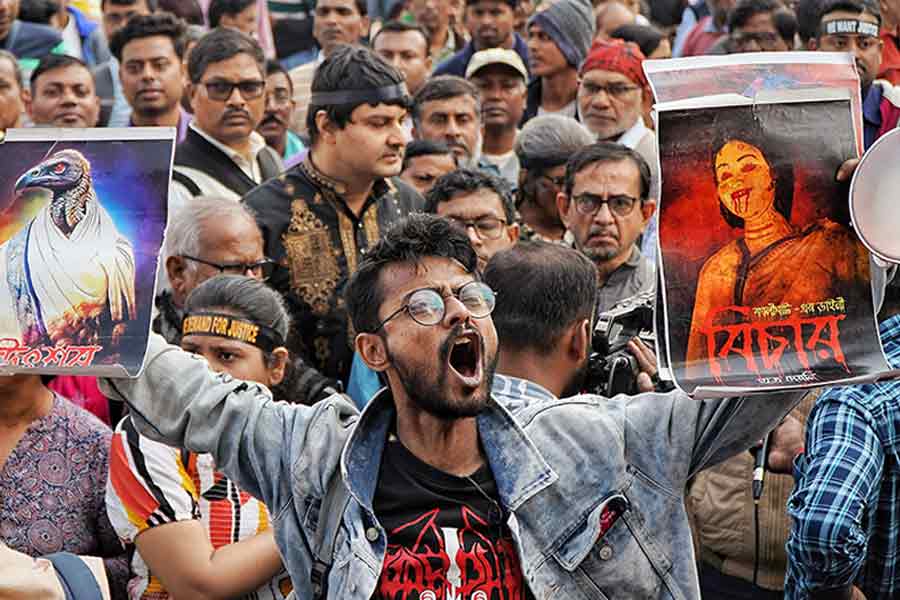NITI Aayog has claimed in a recent research paper that during the last decade or so, 248.2 million Indians were lifted out of poverty as estimated by the multidimensional poverty index. According to NITI Aayog, the percentage of people deemed to be poor was 29.17% in 2013-14. Now, it is estimated to be 11.28%. This is an impressive statistic. However, when viewed in light of the fact that as recently as 2017-18 consumption expenditures of households actually fell and that current national income data reveal a very slow change in consumption numbers, NITI Aayog’s figures are bound to raise eyebrows. In India, the traditional way of measuring poverty was in terms of a head-count ratio measuring the number of people below a well-defined poverty line. The poverty line could be altered from time to time. Poverty was enumerated in terms of the expenditure undertaken by a household to buy food, clothing, shelter, health and education services, transportation and entertainment. This was a standard, globally-accepted measure. The MPI is a non-monetary measure of poverty which looks at the availability of and the access households have to services and facilities provided by the government. It is an important measure but is, at best, a complementary index that details a little more on the quality of life beyond consumption expenditure. The MPI does not include any measure of short-term purchasing power of a household. A family having access to a bank, which was previously absent, might allow the household to obtain credit. It does not follow that the unit is better off in terms of actual consumption.
The Government of India should not take this as the only measure of poverty and be content with the significant improvement. However, apprehensions on this count remain since the GoI has all but ceased measuring and publishing poverty-line-related head-count measures. Many official data have been contested by experts in recent years, leading to an erosion of the credibility of official Indian data. Discrepancies in numbers have led to questions, time and again. There have been arguments about estimates regarding unemployment, national income, and poverty measures. The government is more concerned with positive stories about improvements in the economy. That is understandable. However, this should not be a reason for suppressing data or the estimation methodologies adopted. The greater the doubts within the community of scholars, the more will India’s reputation on data-reliability suffer. It ought to be remembered that in the long haul, hard, verifiable numbers outlast attractive narratives about economic change.

